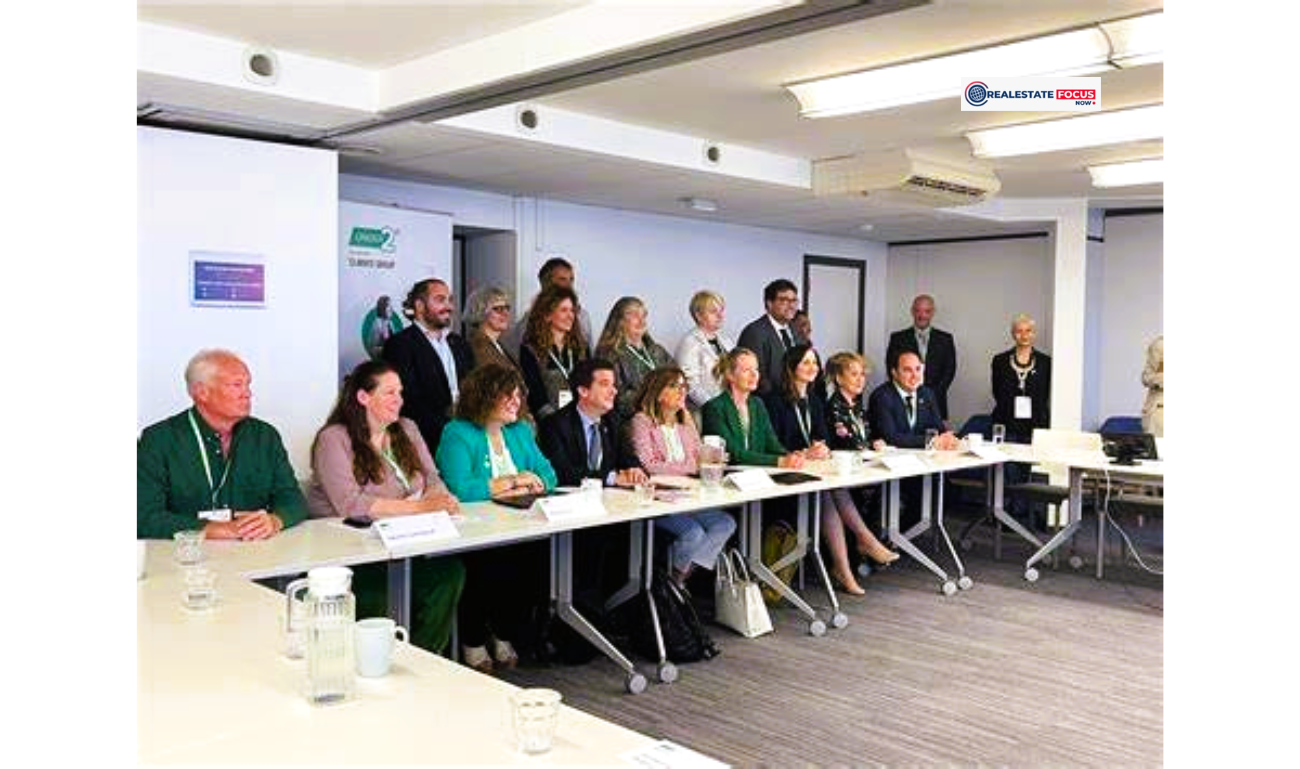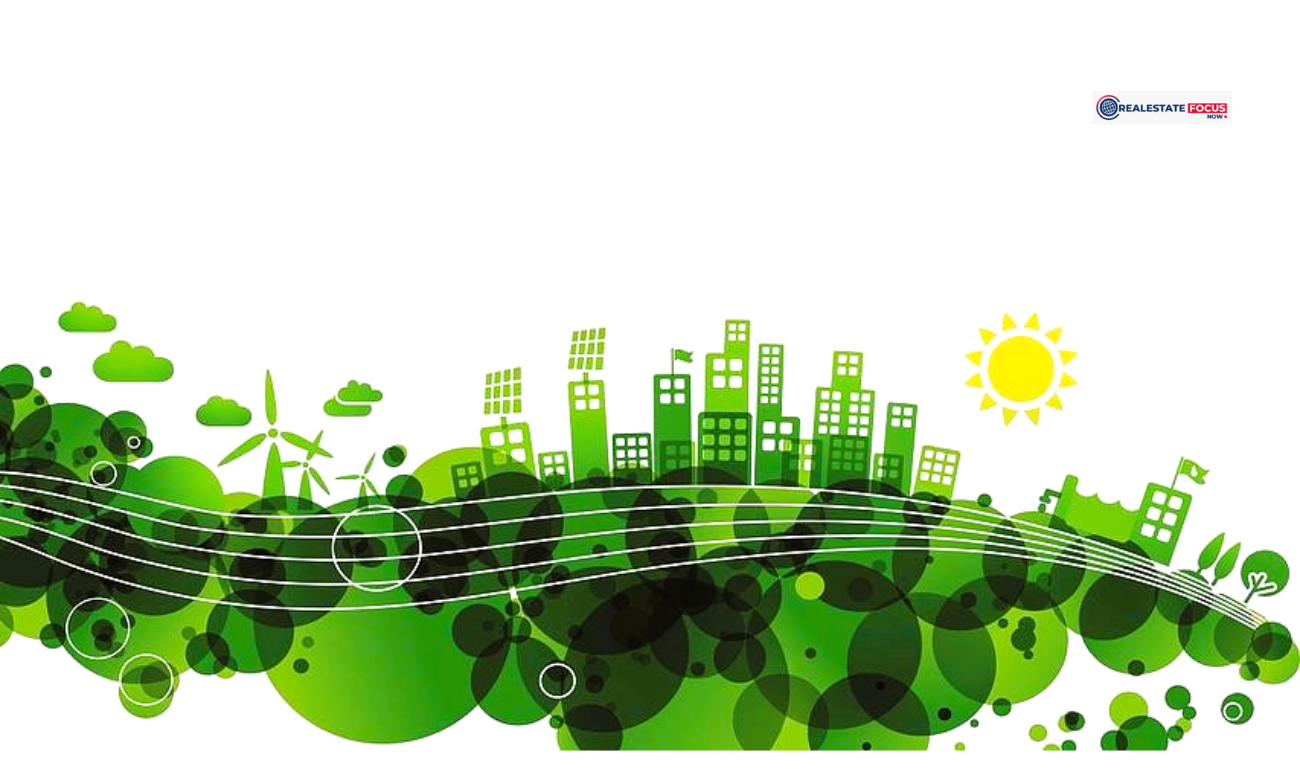

One Yard at a Time: Sustainable Gardening for a Cooler Future
As climate change intensifies, many individuals feel their efforts are too small to effect meaningful change. However, experts emphasize that sustainable gardening practices can contribute significantly to mitigating environmental impacts. Reflecting Voltaire’s timeless advice to “cultivate our garden,” responsible stewardship of our own landscapes can help address broader climate challenges, particularly in regions experiencing shifting weather patterns and rising temperatures.
Gardens play a critical role in carbon sequestration, absorbing atmospheric carbon dioxide through photosynthesis. Selecting heat-tolerant and drought-resistant plant varieties not only conserves water but also enhances a garden’s resilience to climate variability. Additional strategies such as creating shaded microclimates, harvesting rainwater, and fostering soil health through organic composting further improve environmental outcomes.
The traditional emphasis on manicured lawns and monocultures leaves landscapes vulnerable to pests, diseases, and extreme weather events. Embracing plant diversity including native species adapted to local ecosystems supports biodiversity, reduces maintenance needs, and increases ecological resilience. A diverse planting scheme ensures that some species will endure adverse conditions, maintaining overall garden vitality.
Reducing reliance on fossil fuels through the adoption of electric-powered gardening equipment and less frequent mowing can further decrease carbon footprints. Avoiding synthetic fertilizers and pesticides that harm soil microbial communities is essential to sustaining soil fertility and optimizing carbon storage.
Ultimately, effective gardening requires viewing landscapes as dynamic ecosystems that demand collaboration rather than control. By responding to the specific needs of a garden and prioritizing ecological balance, gardeners can contribute to biodiversity conservation and climate stabilization. Through collective, localized action, individual yards can become integral components of global environmental resilience.
























